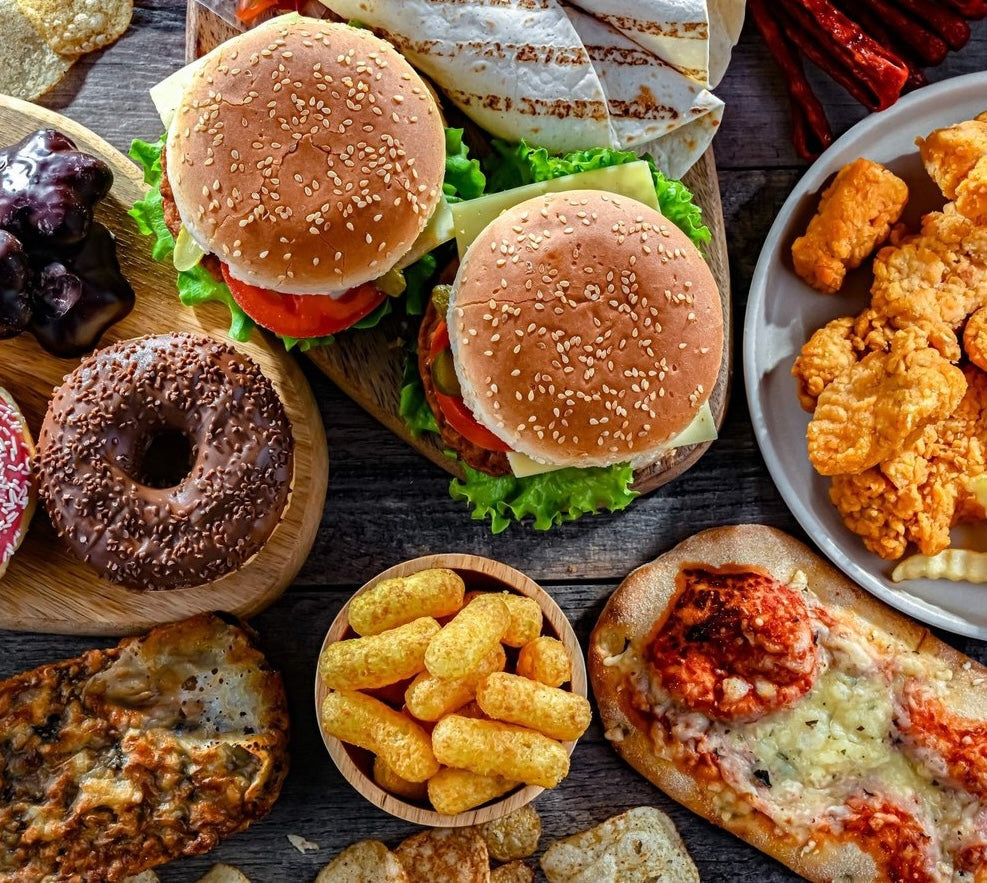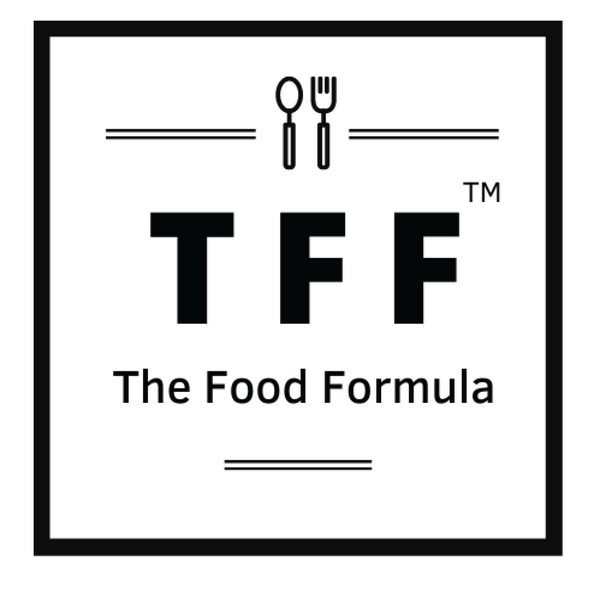
Trajectory of Trans-fats: From Regulations to Reality
In the last few decades there has been a tremendous shift in the dietary patterns of the urban as well as rural population of India. An increased purchasing power accompanied by an ever-expansive food industry has resulted in the introduction of ‘Ultra-processed foods’ into the Indian markets drifted from the developed nations, which are high in sugar, salt and fats including saturated as well as trans-fats. The most dangerous in this lot are the trans-fats. An improved access to these processed foods and hence the trans-fats combined with aggressive marketing strategies, has resulted in the infamous rise in the heart diseases.
Trans-fats and cardiovascular health
Trans-fats are the unsaturated fats that are naturally present in vegetable oils. Artificially, trans-fats are prepared by the partial hydrogenation of vegetable oils (PHVO), thereby, turning them into solids. This process helps to improve the shelf life of the oils even when used in deep-frying. The popular examples of trans-fats include- vegetable shortening and margarine. The trans-fats have been known to be atherogenic, i.e., they increase LDL-cholesterol levels, thereby causing the blockages in arteries and hence leading to CVD (cardio-vascular disorders). Also, it takes years to flush out trans-fats accumulated in the body. According to the report by WHO dated 9th September, 2020, consumption of these artificial trans-fats causes around 5 Lakhs deaths every year due to Coronary Heart Diseases.
The advent and slump of trans-fats
In the 1960s, the consumption of animal fats and the dreadful health implication from the consumption of these saturated fats had surfaced amongst the scientific community and the regulating authorities with evidences from various researches (Uauy et al, 2009). As an alternative, the food industry had designed the artificial animal fats using vegetable oils- by their partial dehydrogenation. These Partially Hydrogenated Vegetable Oils (PHVOs) had similar characteristics to that of butter or other animal fats but with added advantages that the cost of their production was lesser. Also, PHVOs were semi-solid at room temperature with greater stability, making them a suitable choice of fat for the bakeries and providing longer shelf life to the products. However, no researches were available at that time that studied the adverse effects of the PHVOs consumption (Eckel et al, 2007). But by the end of 1990’s enough epidemiological evidence was available to suggest its association with the incidence of heart diseases (Iqbal, 2014).
As an immediate reaction, several countries came up with voluntary upper limits which were followed by the legislative regulations. In 2003, Denmark became the first European country to engage in a voluntary agreement with the Margarine producers to comply with the upper limit of trans-fats as 2g/100g of fats and oils or as an ingredient Bech-Larsen et al, 2012).
Gradually, several countries employed legislative reforms to eliminate trans-fats by limiting trans-fats in oils and food products to less than 2%; mandatory declaration of trans-fat content on the nutrition labels, etc., followed by dietary recommendations to limit trans-fat intake (Parziale and Ooms, 2019 and Van camp et al, 2012). In the year 2009, WHO came up with the recommendations for replacement of PHVOs at the industrial level in order to restrain the consumption of trans-fats. It proposes to eliminate the trans-fats entirely from the global food supply chain by 2023 (Uauy et al, 2009 and Ghebreyesus and Frieden, 2018). As of 2020, as many as 40 countries have adopted best practices for the elimination of trans-fats from the food supply systems.
Trans-fats in Indian scenario
Now let’s take the case of India. While it is an undeniable fact that India has been progressing towards the improvement of health indicators like infant and maternal mortality and incidence of communicable diseases, the same statement may not hold true for the non-communicable or specifically the lifestyle diseases like CVD. These CVDs cripple the economy by levying huge health care costs. In the year 2010, CVDs had claimed an aggregate medical care cost of 7.5 billion USD. According to NDP estimates, a whopping 3.9% of the total National GDP was spent on healthcare for the year 2015 (Gulati et al, 2017 Ghafoorunissa, 2008 and Willet et al, 1993).
In India, the primary source of trans-fat is a PHVO popularly known as Vanaspati, the plant based ghee. It is widely used in deep frying for the preparation of sweets, savouries, snacks, etc. In addition, the vegetable shortening and margarine used in the bakery industry also contribute to the trans-fat content. Due to their low price, longer shelf life and taste acceptability, these PHVOs have been embedded in our food supply systems.
Trans-fats regulations in India
In the year 2004, Central Council for Food Standards (the current day FSSAI) acknowledged the deleterious effects of the trans-fats and impressed the urgent need for regulations on PHVOs. In the year 2009, the first FSSAI regulation was laid out in containing the trans-fat menace. It was proposed to limit the trans-fat % in PHVOs to 10% initially and further to 5% in the next three years. In addition, the regulation introduced mandatory labelling of trans-fats and saturated fats (Chopra et al, 2021). Earlier in December 2020, setting a precedence for the entire south Asian region, FSSAI had announced a revised regulation towards freedom from trans-fat by 2022. The current regulation has further capped the limit of trans-fats from PHVOs to not more than 3% by January 2021 and not mare than 2% by January 2022 (FSSAI, 2021). The key to achieving this target lays in addressing this issue holistically with all the stakeholders. This task can be divided into three facets- industry perspective, Government support and consumer compliance (Downs et al, 2013).
Industry perspective:
The biggest dilemma for the food industry with the trans-fat regulations would have been the quest for the alternative and healthier fats to implement “Remove and Replace” strategy. This holds true for the manufacturers, retailers as well as vendors. The novel substitutes have to undergo the three tests of durability- ease of availability, cost of production and consumer acceptability for the new product. Apart from these, another herculean task for the industry is to reformulate all the existing products to conform to the new standards, which again faces the same three tests of durability.
The transition trans-fats laden to zero trans-fat could be rendered smoother with the involvement of the regulating and legislative authorities, by amalgamating and extending the needs of the food industry with different intersecting sectors such as agriculture, trade and food processing.
Another critical factor is the large unorganized retail sector in our country, which primarily caters to the needs of the poor. Since the labelling and licensing requirements vary for the branded and unbranded foods, there is a major scope of non-compliance to the regulation in this sector owing to the financial as well as technical constraints. Providing incentives for compliances, removing the origin of PHVOs, i.e., palm stearin as an edible oil source and encouraging small manufacturers for the production of healthier oils, is a slow but sure way to eliminating the trans-fats entirely. Though this process involves higher investment from the industry for the research for healthier and suitable oils, but the returns are assured (Downs et al, 2013).
Government support:
A critical role will be played by the Government in realizing the target for zero trans-fats in terms of higher and continued monitoring of the food industry as well building its own workforce and their competence to assess the compliance to the regulations. The Govt should also empower the industry and the consumers with the awareness about the trans-fats, their ill-effects and the right guidance to steer ahead in the movement to eliminate them completely from our food system. An evaluation of the investment and the returns on the same in the long run (after 5–10 years) may be useful in guiding the directions of implementation to even lesser levels. In this regard, it would also be worthwhile for the government to support financially and otherwise in the research and development of alternatives as well as reformulation strategies by the industry. This step would regain confidence as well as compliance on behalf of the industry.
Consumer compliance:
Consumer is the ultimate fruit-bearer of this entire regulation that will be affected the most. It is the duty of the consumer to enable themselves with the required information before they delve into the consumption of these trans-fats. The consumer should participate equally or more in this fight to eliminate the bad fats from our food system, for a healthier life. The consumers should equip themselves with the knowledge of the harmful effects and health risks associated with the consumption of trans-fats. Reading food labels, knowing and understanding the ingredients present in their food and demanding for the mandatory and missing information on the packaged food, choosing the right product over the cheaper and harmful products are some of the ways support this movement and to ensure a smooth transition into zero trans-fats (Downs, 2015). Another key factor to consider is the willingness of the consumer to shell out more money in the initial stages, if required, towards the reformulated fats.
Complete elimination of trans-fats from our food supply chain is a proven means to minimizing cardiovascular deaths and requires dedication of an entire generation to achieve the end. While increasing the longevity on one hand, it has the capacity to improve the workforce by minimizing the healthcare requirements- both physically and financially.
References
Bech-Larsen T, Aschemann-Witzel J. A macromarketing perspective on food safety regulation: The Danish ban on trans-fatty acids. J Macromarket 2012;32:208–19.
Chopra, S., Arora, C., Malhotra, A. and Khurana, S.C., 2021. Industrially produced trans fat: Usage, health implications, global and indian regulations. Indian Journal of Public Health, 65(1), p.71.
Downs, S.M., Thow, A.M., Ghosh-Jerath, S., McNab, J., Reddy, K.S. and Leeder, S.R., 2013. From Denmark to Delhi: the multisectoral challenge of regulating trans fats in India. Public health nutrition, 16(12), pp.2273–2280.
Downs, S.M., Marie Thow, A., Ghosh-Jerath, S. and Leeder, S.R., 2015. Aligning food-processing policies to promote healthier fat consumption in India. Health promotion international, 30(3), pp.595–605.
Eckel, R. H., Borra, S., Lichtenstein, A. H. and Yin-Piazza, S. Y. (2007) Understanding the complexity of trans fatty acid reduction in the American diet — American heart association trans fat conference 2006 — Report of the trans fat conference planning group. Circulation, 115, 2231–2246.
(2021). Press Release- Another step towards — India@75: Freedom from trans fats by 2022. FSSAI.
Ghafoorunissa G. Role of trans fatty acids in health and challenges to their reduction in Indian foods. Asia Pac J Clin Nutr 2008;17 Suppl 1:212–5.
Ghebreyesus TA, Frieden TR. REPLACE: A roadmap to make the world trans fat free by 2023. Lancet 2018;391:1978–80
Gulati S, Misra A, Sharma M. Dietary fats and oils in India. Curr Diabetes Rev 2017;13:438–43.
Iqbal MP. Trans fatty acids A risk factor for cardiovascular disease. Pak J Med Sci 2014; 30:194–7.
Parziale A, Ooms G. The global fight against trans-fat: The potential role of international trade and law. Global Health 2019;15:46.
Uauy R, Aro A, Clarke R, L’abbé MR, Mozaffarian D, Skeaff CM, et al. WHO scientific update on trans fatty acids: Summary and conclusions. Eur J Clin Nutr 2009;63:S68–75.
Van Camp D, Hooker NH, Lin CT. Changes in fat contents of US snack foods in response to mandatory trans fat labelling. Public Health Nutr 2012;15:1130–7
Willett WC, Stampfer MJ, Manson JE, Colditz GA, Speizer FE, Rosner BA, et al. Intake of trans fatty acids and risk of coronary heart disease among women. Lancet 1993;341:581–5
